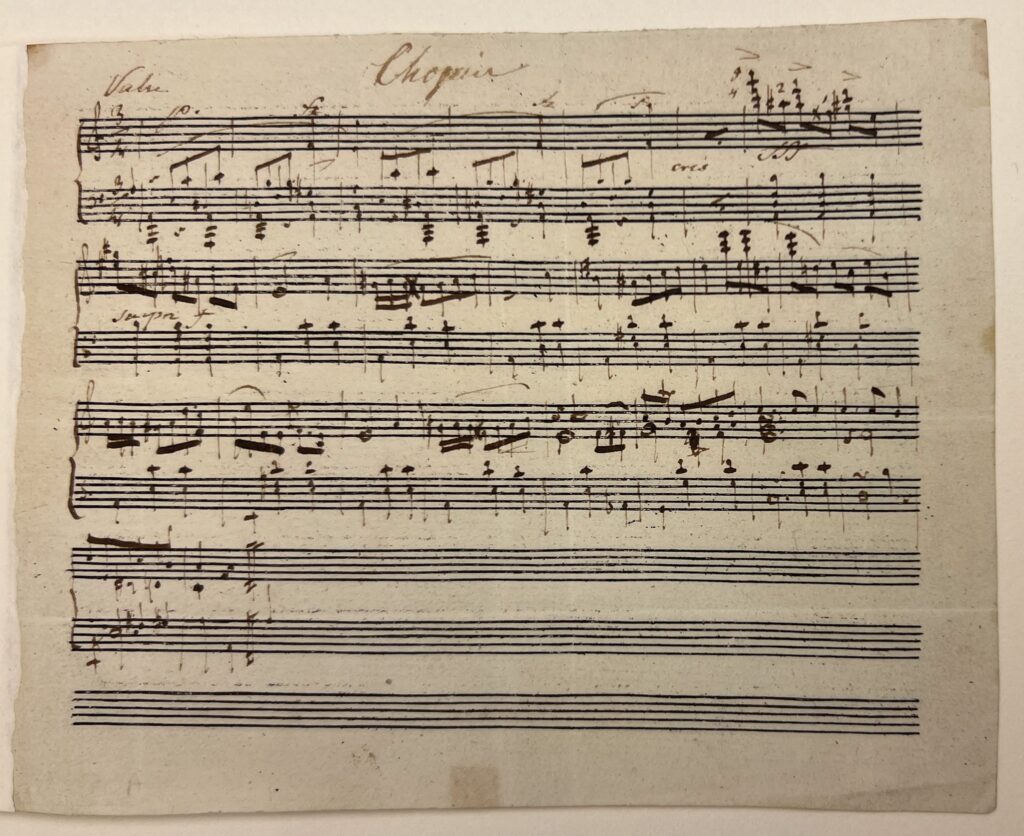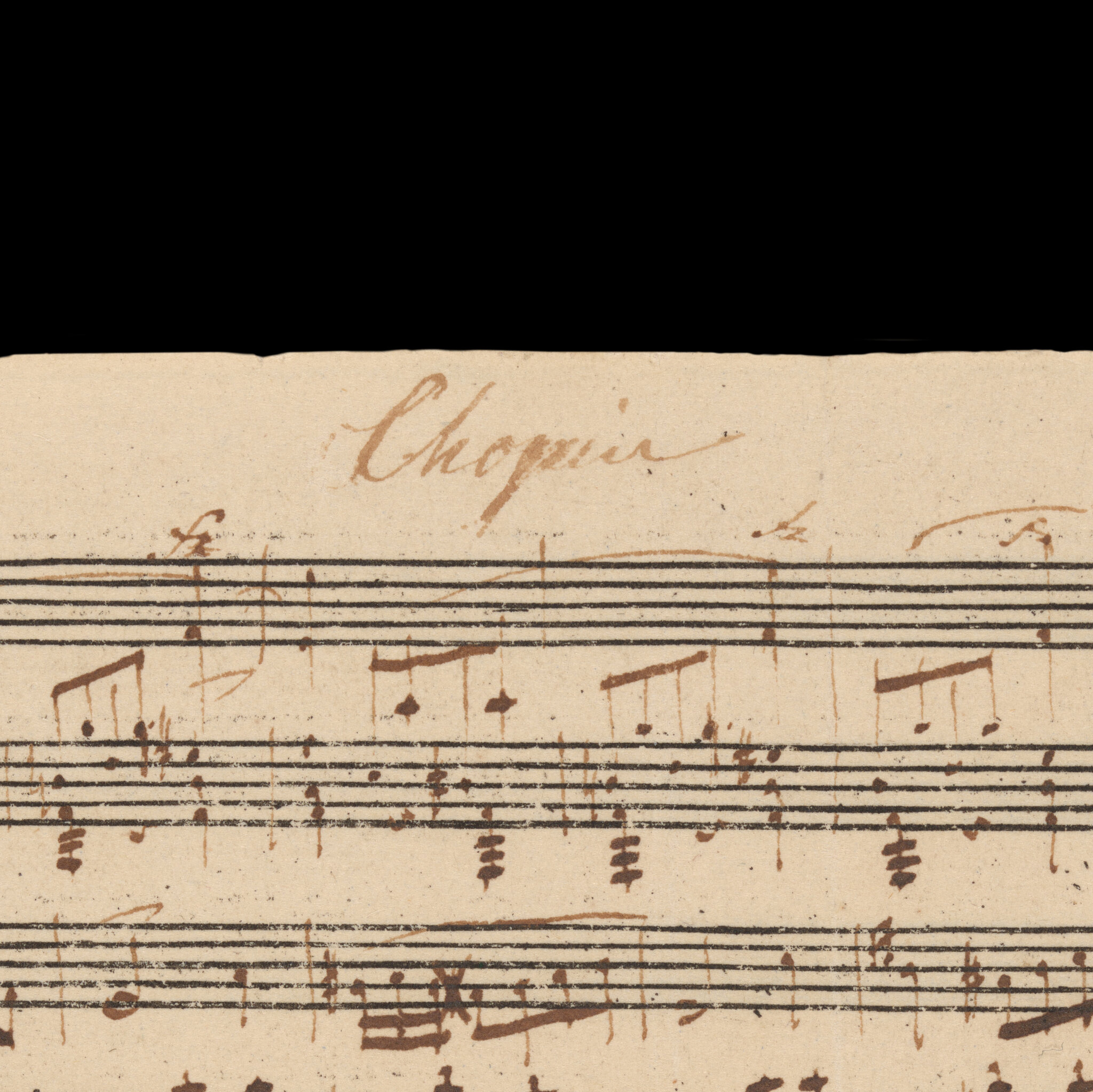A manuscript with a score of a previously unknown waltz by Frederic Chopin has been found by a curator at the Morgan Library and Museum in Manhattan, New York.
A team of Morgan Museum experts examined the manuscript, evaluating the paper, ink, writing style, and musical style. The manuscript, according to the experts, was written between 1830 and 1835, when Chopin was just over 20 years old. The piece is shorter than the composer’s other known waltzes. It is in the key of A minor has unusual dynamic markings, including a triple forte, indicating maximum volume, near the start.

According to the museum, the manuscript contains 24 notated measures that the pianist repeats once. The beginning is unusual: several moody, dissonant measures end with a loud outburst, after which a melancholy melody begins. None of Chopin’s known waltzes begins this way, which makes it even more intriguing. Lasting about a minute, this is the shortest of his waltzes, but has the characteristic “tightness” of his completed works. The manuscript is slightly larger than an index card (102 x 130 mm, about 4 x 5 inches), probably intended as a gift for someone’s autograph album. Chopin usually signed gift manuscripts, but this one is unsigned, suggesting that he changed his mind and withheld it.
The museum is convinced that Chopin is the author of the waltz, as evidenced by several distinctive elements: the paper and ink are consistent with what Chopin used at the time, and the handwriting matches the composer’s handwriting, including the unusual notation of the bass key symbol (another Chopin manuscript in the Morgan Museum’s collection shows a similar bass key symbol).






